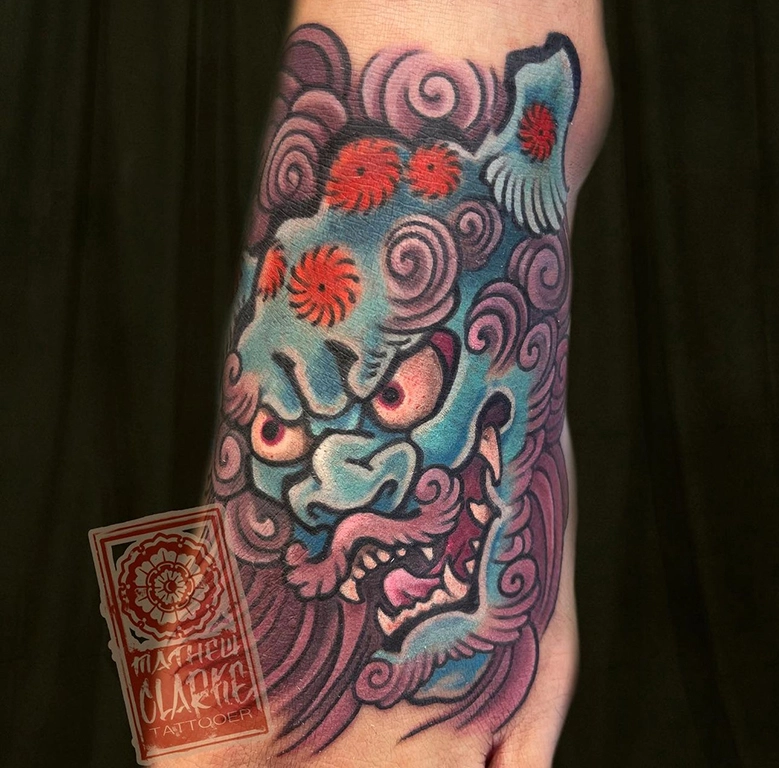The Timeless Art of Japanese Style Tattoos and Their Bold Symbolism
Japanese tattoos, also known as Irezumi, are admired worldwide for their rich history, intricate details, and profound symbolism. Unlike modern trends that focus on minimalism or abstract shapes, Japanese style tattoo designs emphasize bold imagery, storytelling, and deep cultural meaning. These designs are not merely decorations; they are narratives inked onto the skin, representing strength, spirituality, protection, and tradition. From fierce dragons to delicate cherry blossoms, each element in a Japanese tattoo has its unique significance and beauty.
A defining characteristic of Japanese tattoo artists is their mastery of large, body-covering designs. Unlike smaller tattoos, these pieces often span across the back, arms, or chest, creating a continuous flow of artwork. The precision and discipline required to execute these tattoos are extraordinary, which is why traditional Japanese tattoo artist are held in such high regard. Many still practice ancient hand-poked methods, though modern machines are now widely used. Regardless of technique, the skill lies in the ability to balance bold outlines with intricate shading, ensuring the artwork remains vivid for years.

When discussing Japanese tattoos, it is impossible to overlook the bold imagery tattoos that dominate the style. Common motifs include koi fish, representing perseverance and determination; tigers, symbolizing strength and protection; and dragons, embodying wisdom and power. Waves, wind bars, and clouds are often used as background elements, giving the design movement and depth. These powerful symbols work together to create designs that are visually striking and culturally meaningful, blending aesthetics with philosophy.
The symbols in Japanese style tattoos carry centuries of cultural weight. For example, the cherry blossom, or sakura, symbolizes the fleeting nature of life, beauty, and renewal. Peonies, known as the "king of flowers," represent wealth, prosperity, and good fortune. Meanwhile, mythological creatures like the phoenix signify rebirth and triumph over challenges. Each tattoo is designed to tell a personal story while also honoring Japanese traditions. Choosing the right symbols requires thoughtful consideration and often involves collaboration between the artist and the individual.
One reason Japanese tattoos remain globally popular is their adaptability to modern tastes. While traditional full-body suits and large back pieces remain classics, smaller, contemporary versions allow individuals to embrace Japanese symbolism in a more subtle way. Many people combine ancient symbols with modern design elements, creating a fusion of past and present. However, even in smaller designs, the essence of Japanese tattoo artistry—bold lines, vibrant colors, and symbolic depth—remains intact.
In conclusion, Japanese style tattoo symbols are a timeless blend of art, culture, and personal expression. Guided by skilled Japanese tattoo artists, these designs go beyond aesthetics to reflect values such as resilience, courage, and spirituality. The bold imagery tattoos and powerful symbols capture life’s struggles and triumphs, making each piece a living canvas of meaning. For those seeking tattoos that are not only visually stunning but also rich in history and symbolism, Japanese tattoo designs offer an unmatched artistic journey that continues to inspire people across the world.
Comments
Post a Comment